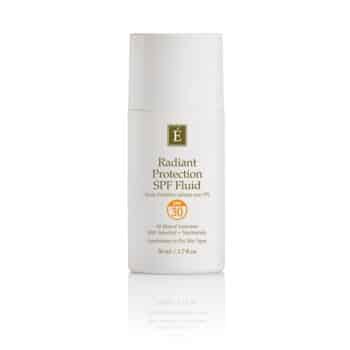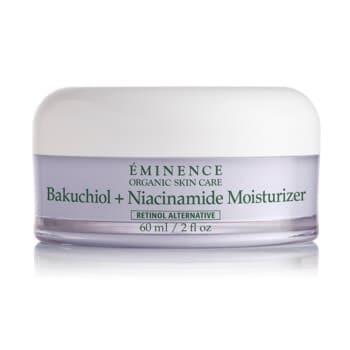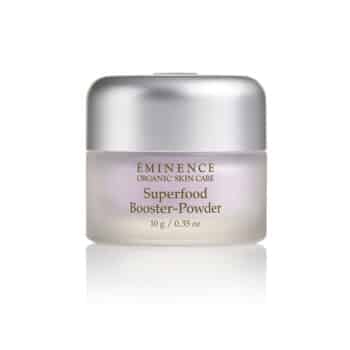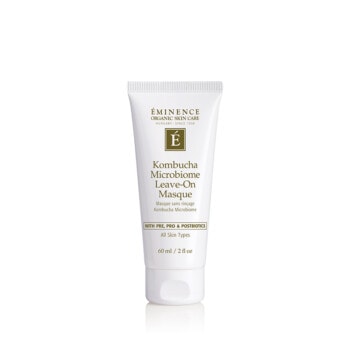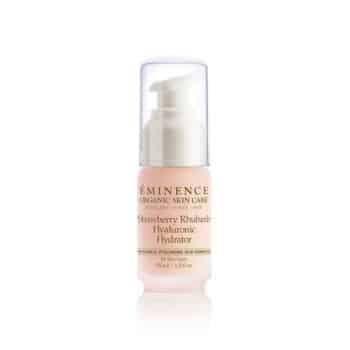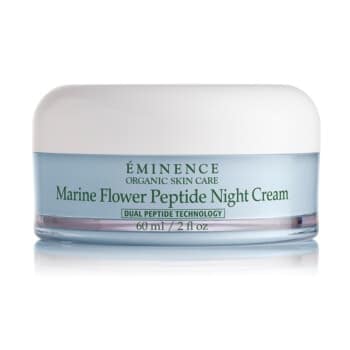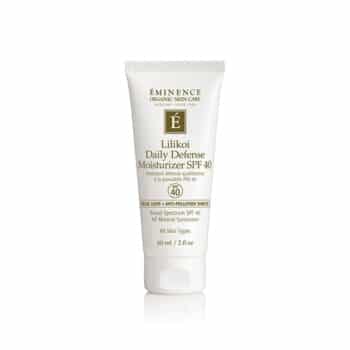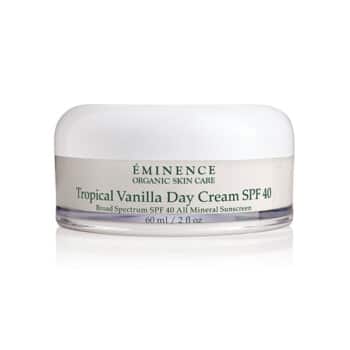The Skinsmith Guide to Emollients Moisturisers
The Skinsmith | 3rd June 2022

Emollients Moisturisers: What Are They and How Do They Work?
Contrary to popular belief, emollients and moisturisers are not always mutually exclusive items you can pick up off the shelf. So, exactly what are emollients?
Emollients are a type of intensive moisturiser, applied to skin suffering from dry, itchy, or scaly conditions such as eczema, psoriasis, and ichthyosis. Emollients refer to specific highly-nourishing ingredients like butters, oils, lipids, and esters, which help restore damaged skin barriers. So, if a moisturiser contains one or more of these ingredients in varying degrees, it is an emollients moisturiser.
There are many different types of emollients which contain the above ingredients in varying concentrations. Ranging from lotions to ointments, emollients can be used to treat a number of dry skin conditions and help further control flare-ups.
Despite their association with skin conditions, emollients moisturisers can be used on most skin types, excepting oily skin. You should take care when selecting an emollient moisturizer for oily skin, since the highly-moisturising nature of the emollient can clog pores and cause outbreaks, especially on the face.
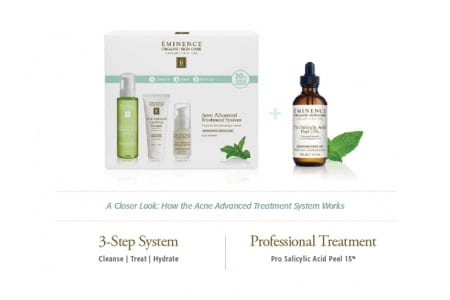
A closer look at how the Acne Advanced Cleansing Foam works
Now, How Do Emollients Work?
Emollients, such as emollients moisturisers ,work by helping to restore the lipids – which are molecules which help make up the structure of cells. So, when lipids are damaged – the skin’s cell structure is also damaged. This leads to dry, cracked, scaly, or flaky skin, which may often become red, or even bleed or weep, as it becomes further irritated. Emollients for dry skin target the skin barrier, helping to heal lipids.
Types Of Emollients
As mentioned above, there are several different types of emollients which take on different forms, ranging from the least nourishing form (typically a lotion), to the most (ointments). The intensity of an emollients moisturiser is determined by the ratio of emollients to water, and this can help you decide which emollients is best for your skin.
Some examples of emollients for the skin include…
Lotions
Lotions are usually the least intense emollients moisturiser, containing more water than emollient. They are spread easily across hairy or damaged (such as weeping) skin because of this, making them good for frequent daytime applications. Lotions are also a suitable emollient moisturizer for oily skin, because it’s not as intense.
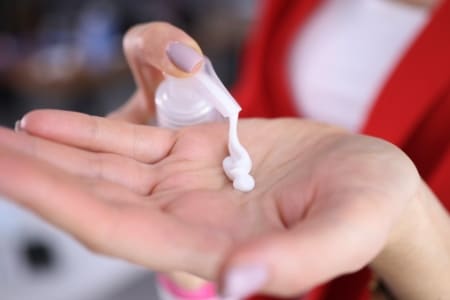
Creams
Creams are a heavier form of moisturiser, balancing the ratio of emollients and water. Creams make great daytime emollients for dry skin. Creams can be left to absorb throughout the day without leaving a greasy residue behind.
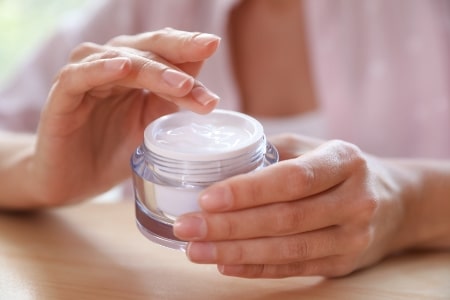
Ointments
Ointments are the most intense type of emollients moisturiser. They are thick and greasy, and because of this, are usually applied overnight and left to absorb into the skin. The heaviness of an ointment makes it harder to apply, especially on hairy areas, and should not be applied to weeping areas.
Emollients are also present in some soaps, and can be used as a soap substitute, so as not to dry out skin when washing.
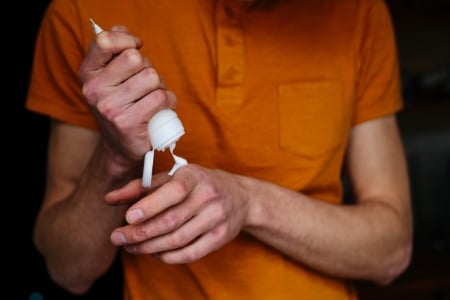
How Emollients Can Benefit Your Skin
Emollients offer many benefits for dry, damaged, or irritated skin, including…
- Emollients help replenish the skin barrier: of course, emollients are highly moisturising, and can help restore the lipids in your skin barrier which help bind the cells together. Once this barrier is restored, water loss from the skin is effectively reduced.
- Reduce skin conditions such as redness and irritation: through replenishing and restoring damaged skin barriers, the effects of a damaged skin barrier (such as redness and irritation) are also reduced.
- Emollients keep your skin healthy: moist skin equals healthy skin! By keeping your skin healthy and moist, your skin can start to repair itself, brightening and becoming softer and more supple.
How To Apply Emollients Moisturisers
How you apply your emollients moisturiser will depend on the type of moisturiser you use, and the condition of your skin. For instance, the National Eczema Society recommends applying an emollient at least twice a day, however, you should always consult a dermatologist if you are unsure about how often you should apply your emollients moisturiser.
Emollients moisturisers can also be reapplied throughout the day, especially if they are washed off. You should look to reapply your moisturiser within 3-5 minutes of washing off the emollient.
When applying or reapplying emollients moisturisers, apply and rub in the direction of the hair growth to avoid clogging pores. Most emollients don’t require being rubbed in completely but can be left to absorb throughout the day or overnight.
Learn More About Moisturisers, Including How They Work and The Key Benefits They Provide by Clicking Here
Learn more about emollients moisturisers and discover which type of moisturiser works best for your skin type by clicking here or by getting in touch with a member of our experienced team today either by calling 01305 300950, by emailing [email protected] or by using our simple contact form below. We are looking forward to hearing from you soon.
